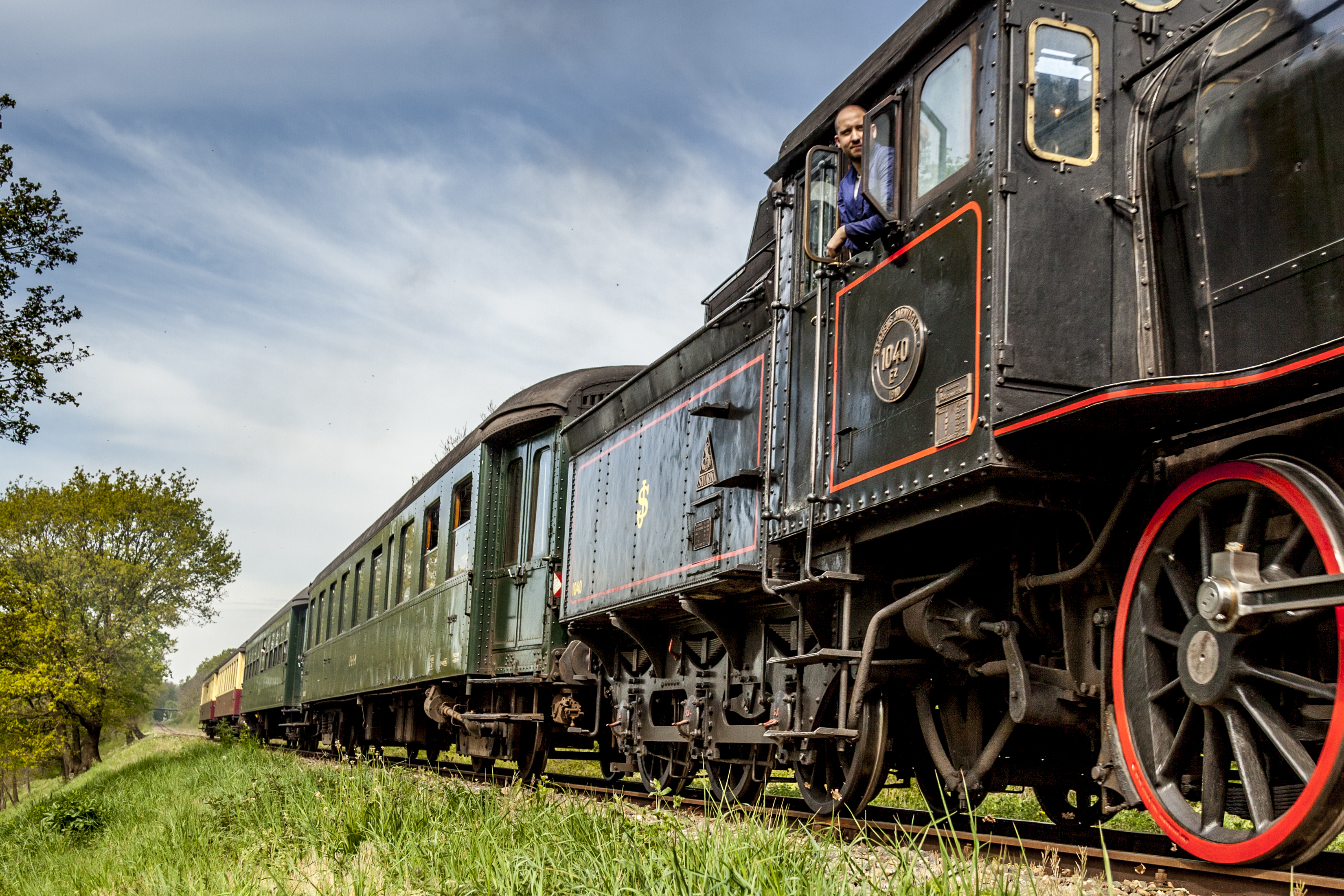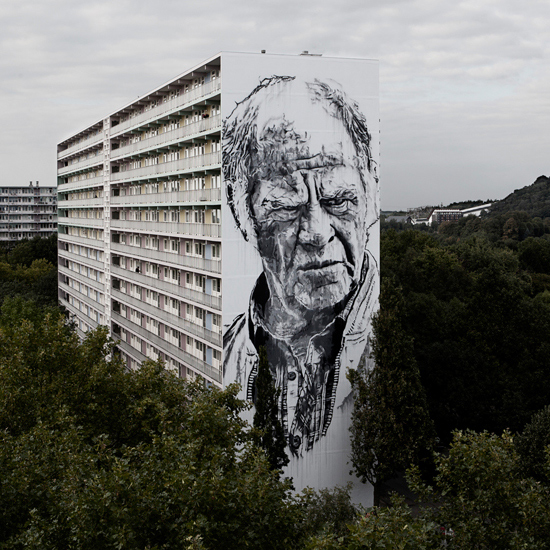Stadsregio Parkstad Limburg,
The Netherlands
Focusing on the rich 2000 year history, to entice tourists to discover more and extend their visits and inhabitants to regain the region’s pride
Region: Limburg
- MIX OF RURAL AND URBAN
- TRANSITION
- 2000 YEARS OF HISTORY
Type of organisation leading the larger local innovation ecosystem
Public authority
Stadsregio Parkstad Limburg has developed particular expertise in collaborating with relevant stakeholders in the field of tourism to create an attractive touristic region out of an industrialized black coal mine region.
Main challenges related to cultural tourism
The region has a rich history that has known many ups and downs for the inhabitants. Through the years, a lot of the unique reminders of this rich history have been torn down, but a few have been saved, and some even restored. While history may not be so clearly shown in the environment, it’s still significant for the region and its inhabitants. By turning down the reminders of the heydays of the region, the pride of its inhabitants faded. The main challenge is to find a way to let inhabitants and tourists experience the region's rich history and, by that, win back the pride of the region.
For Parkstad Limburg being part of the Be.CULTOUR Community means having a unique chance to discover and learn from the tools for circular cultural tourism in other regions in Europe
Photo credit: Visit Zuid-Limburg
Current strategic planning
The cultural history of Parkstad Limburg has not been in the centre of tourism in our region, which was primarily focused on attractions and theme parks. By partly shifting the focus to cultural tourism, we want to improve the human-centred tourism in our region, with the objectives to entice tourists and inhabitants to discover more of the region and extend their visit and regain the region’s pride. The cultural history of Parkstad Limburg is, in essence, more part of the common European history than the common Dutch history. Learning from other European regions is therefore valuable.
Ideas and future perspectives
The region's goal is to entice tourists and inhabitants to discover more of the region and extend their visit. To achieve this goal, they want to use or renew the unique assets the region has, rather than invest in new things like buildings etc. They also want to stimulate visitors to use less polluting ways of transportation by investing in good cycling infrastructure.
Cultural heritage asset description
Parkstad Limburg’s history
The heritage asset they would like to focus on is the rich 2000 year history the region has. With the use of five timelines, which highlight the most important transitions of the region, they tell the region's story to tourists and inhabitants. Each of these timelines has left its own unique print on the region's scenery, constructions, and culture. With the five timelines, they embrace the diversity that can be found in the region, from urban parts to beautiful nature.
Type of cultural heritage
- ARCHAEOLOGICAL
- INDUSTRIAL
- INTANGIBLE
Specific goal related to the selected asset
The challenge is to increase awareness about the diversity Parkstad entails and entice tourists to extend their visit and experience all Parkstad offers.
Europeanisation: linkages between local heritage and European history and culture
The heritage asset of the rich history told by five timelines is a direct expression of European culture and history. The five timelines include the Roman Period, the Middle Ages, the Mining period, the Transition years and the New time. The events happening in these periods have affected all of Europe. The Parkstad region has known lots of different European rulers and has been part of negotiations between countries. The cultural history of Parkstad Limburg is, in essence, more part of the common European history than the common Dutch history.
Photo credit: Visit Zuid-Limburg
Photo credit: Visit Zuid-Limburg
European and international Cultural Heritage recognition(s)
The heritage asset of the rich history told by five timelines is a direct expression of European culture and history. The five timelines include the Roman Period, the Middle Ages, the Mining period, the Transition years and the New time. The events happening in these periods have affected all of Europe.
Ongoing projects and best practices
Creation of the Experience in the heart of Parkstad Limburg region.
In this experience, visitors can not only get touristic information but can also experience the history of the region. By using modern techniques, like a digital graffiti wall and storytelling through movies and podcasts, visitors get a unique kick-off to their touristic experience in Parkstad. (link)
The region facilitates collaboration between seven municipalities and entrepreneurs to work together to build a better region and promote one image of the region.




